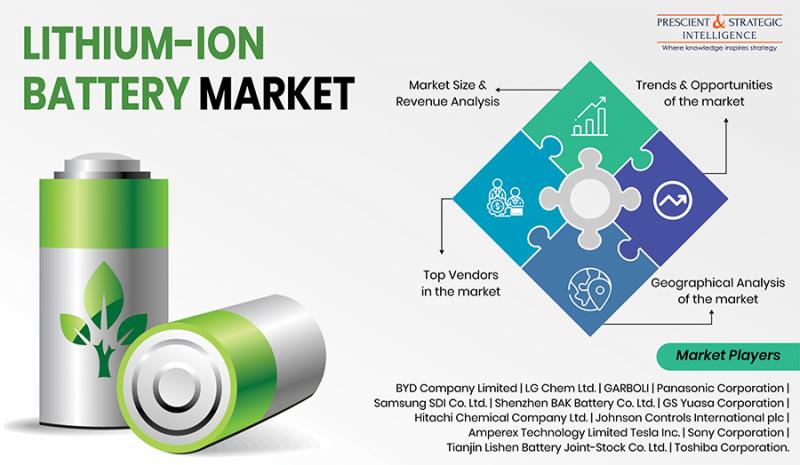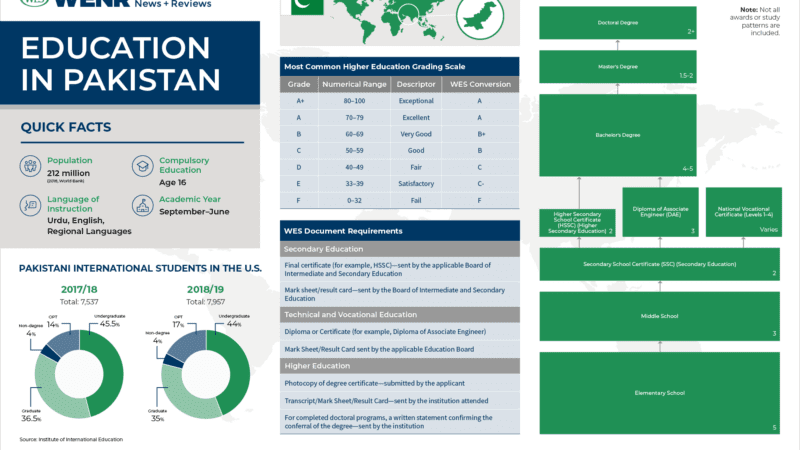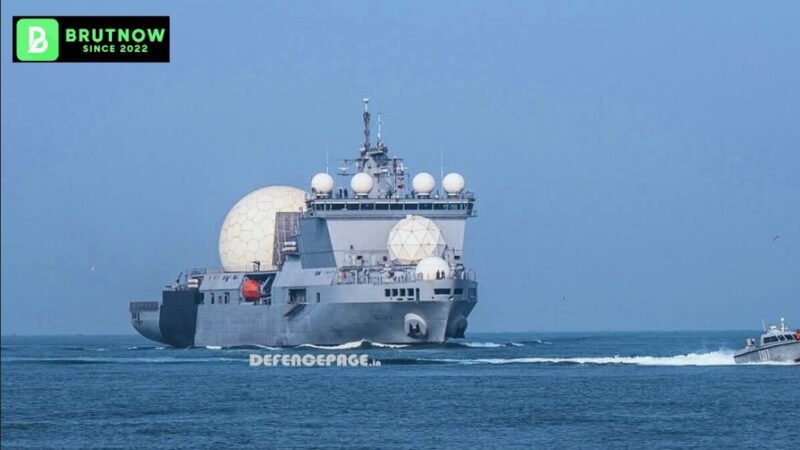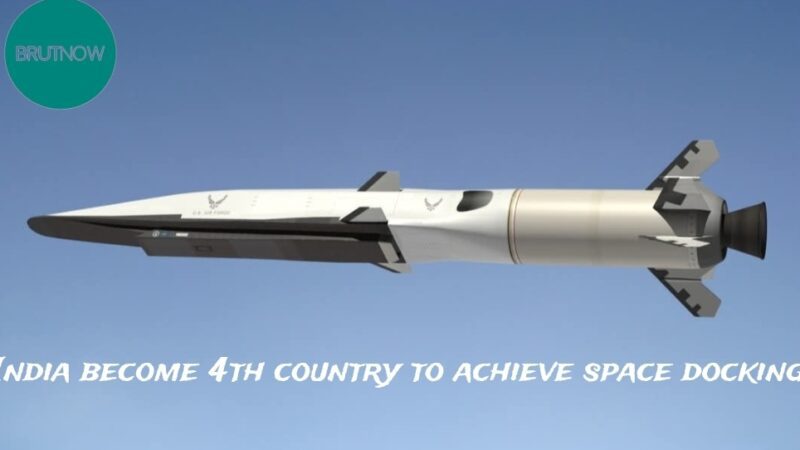Battery Marathon: The Lithium War’s Journey and Future Market Dominance

In the race to dominate the global battery market, the battle for lithium supremacy has intensified over the past three years. As electric vehicles (EVs), renewable energy storage solutions, and consumer electronics continue to surge in demand, lithium—the core component of high-performance batteries—has become a critical resource.
This article delves into the key players, geopolitical implications, technological advancements, and potential future market leaders in the ongoing lithium war.
The Genesis of the Lithium War
The lithium war began in earnest around 2021, driven by the rapid adoption of electric vehicles and the global push towards renewable energy. Lithium-ion batteries, renowned for their high energy density and long life, became the standard for powering these innovations. The demand for lithium skyrocketed, leading to increased competition among countries and companies to secure and control lithium resources.
Key Players and Geopolitical Tensions
Several countries and companies have emerged as major contenders in the lithium race:
1. China: China has positioned itself as a dominant force in the lithium market, controlling a significant portion of the global lithium supply chain. Chinese companies like Ganfeng Lithium and Tianqi Lithium have invested heavily in lithium mines worldwide, particularly in Australia, Chile, and Africa. China’s strategic acquisitions and government support have solidified its leading position.
2. United States: The U.S. has recognized the strategic importance of lithium and has ramped up efforts to reduce its dependence on foreign lithium sources. Companies like Albemarle and Lithium Americas are key players, with significant mining and production activities. The U.S. government has also introduced policies to boost domestic lithium production and recycling.
3. Australia: As one of the world’s largest producers of lithium, Australia plays a crucial role in the lithium supply chain. Companies like Pilbara Minerals and Orocobre are major exporters, supplying raw lithium to various global markets. Australia’s stable political environment and rich lithium deposits make it a critical player.
4. Latin America: The “Lithium Triangle” in South America, encompassing Argentina, Bolivia, and Chile, holds some of the world’s largest lithium reserves. Chile’s SQM and Argentina’s Lithium Americas are significant contributors to the global lithium supply. However, political instability and regulatory challenges in these countries pose risks to consistent production.
Technological Advancements and Innovations
Technological advancements are reshaping the lithium battery landscape, with several key developments:
1. Solid-State Batteries: Solid-state batteries, which replace the liquid electrolyte with a solid one, promise higher energy density, faster charging times, and improved safety. Companies like QuantumScape and Solid Power are at the forefront of this innovation, potentially revolutionizing the battery industry.
2. Battery Recycling: As the demand for lithium grows, so does the need for sustainable solutions. Battery recycling technologies are being developed to reclaim lithium and other valuable materials from used batteries. Companies like Redwood Materials and Li-Cycle are leading this charge, aiming to create a closed-loop supply chain.
3. Alternative Chemistries: Research into alternative battery chemistries, such as sodium-ion and magnesium-ion batteries, is gaining traction. These alternatives could reduce reliance on lithium and offer competitive performance. However, they are still in the experimental stages and require further development.
Market Dynamics and Future Leaders
The future of the lithium market will be shaped by several factors:
1.Supply Chain Security: Countries and companies that can secure a stable and sustainable lithium supply chain will have a competitive edge. This includes investments in mining, refining, and recycling infrastructure.
2.Technological Leadership: Innovation in battery technologies will be crucial. Companies that lead in developing next-generation batteries, such as solid-state or alternative chemistries, will set the industry’s direction.
3.Geopolitical Stability: Political stability in key lithium-producing regions will impact the market. Countries that can provide a stable regulatory environment and favorable investment conditions will attract significant investments.
Conclusion: Who Will Dominate?
The lithium war is far from over, with several potential future leaders vying for dominance. China, with its comprehensive control over the supply chain, appears well-positioned to maintain its lead. However, the U.S. and other regions are making significant strides to challenge this dominance through innovation and strategic investments.
As technology evolves and market dynamics shift, the lithium market will continue to be a battleground for geopolitical and corporate power. The ultimate winners will be those who can balance supply chain security, technological innovation, and geopolitical stability, driving the next wave of energy transformation and sustainable growth.





